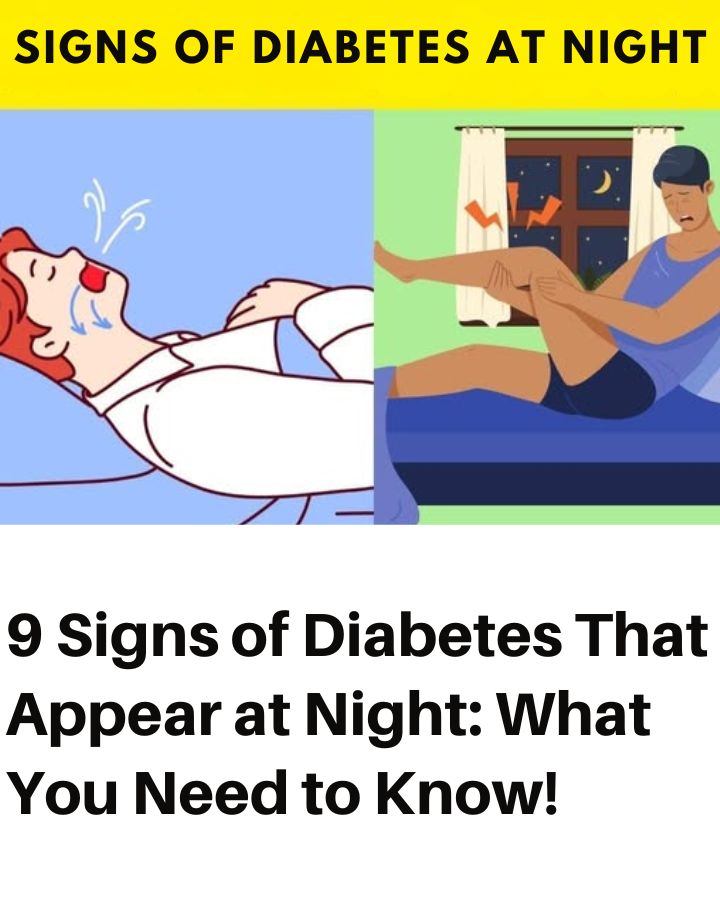
Do you know the signs of diabetes that can appear at night? Understanding the symptoms of this common but serious health problem can make all the difference. Today, we explore the subtle but significant signs of diabetes that often appear during the night.
1. Frequent Urination
One of the first symptoms of diabetes is often increased urination. If you wake up several times during the night to empty your bladder, your sleep pattern may be disrupted, and this could be a sign of diabetes. When you have diabetes, excess sugar, or glucose, builds up in your bloodstream. Your kidneys have to work harder to filter and absorb this excess sugar.
If the kidneys can’t keep up, the extra glucose is excreted in the urine, dragging fluid from your tissues, and increasing urination frequency.
2. Night Sweats
Night sweats are another relevant symptom to consider. If you frequently wake up in the middle of the night sweating, it could be a sign of diabetes. Night sweats usually occur due to low blood sugar levels at night, known as nocturnal hypoglycemia.
To properly manage night sweats when you have diabetes, it is essential to adjust your medication dosage and dietary habits, always under the supervision of a healthcare professional.
3. Symptoms of Hypoglycemia
 For illustrative purposes only.
For illustrative purposes only.
Symptoms of hypoglycemia are not limited to sweating and trembling but also include a noticeable increase in hunger, mental confusion, blurred vision, and even heart palpitations. They can occur at night, as the body’s energy needs at rest are critical.
To manage these symptoms, it’s essential to regularly monitor blood sugar levels and maintain a balanced diet.
4. Restless Legs Syndrome
Restless legs syndrome is an often underestimated but common neurological disorder. This disorder is characterized by an irresistible urge to move the legs, accompanied by uncomfortable sensations such as aches and pains or tickling. The link between this syndrome and diabetes lies at the nerve level.
Persistently high blood sugar levels, a characteristic of diabetes, can damage nerves over time, a condition known as peripheral neuropathy. Damaged nerves send conflicting signals to the brain, triggering the need to constantly move your legs.
5. Sleep Apnea
Sleep apnea, characterized by frequent pauses in breathing during sleep, is another potential sign of diabetes. These interruptions in breathing can occur multiple times throughout the night, leading to fatigue the next day.
Obesity is a key factor linking these two conditions. Excess fat around the neck can obstruct the airway, leading to apnea. Additionally, metabolic disturbances due to diabetes, such as insulin resistance, can also influence the development of sleep apnea.
6. Increased Thirst
 For illustrative purposes only.
For illustrative purposes only.
If you frequently wake up at night with a dry mouth and experience excessive thirst, this could be a telltale sign of diabetes, called polydipsia. When blood sugar levels are high, your kidneys work harder to filter out excess sugar. Excess sugar is excreted in the urine along with fluids from your tissues, causing frequent urination and dehydration, leading to increased thirst.
To manage this symptom, it is essential to control blood sugar levels through regular monitoring, a balanced diet, physical activity, and, if necessary, medication prescribed by a healthcare professional.
7. Fatigue
Persistent fatigue despite adequate sleep may indicate diabetes. This fatigue results from the body’s inability to efficiently use glucose as an energy source. In the absence of adequate insulin or the presence of insulin resistance, cells do not receive the necessary glucose, resulting in constant fatigue.
Managing this fatigue involves stabilizing blood sugar levels through regular physical activity, a healthy diet, and regular check-ups with a healthcare professional.
8. Dry Mouth
Xerostomia, or dry mouth, is another symptom to watch for. Characterized by a lack of saliva, it can wake people up frequently, even with adequate hydration. High blood sugar levels can reduce saliva production, leading to dry mouth.
To manage this symptom, it’s important to maintain good oral hygiene, drink enough water, and use products that stimulate saliva production, such as sugar-free gum or candy.
9. Sleep Disorders
Sleep disturbances, such as insomnia, are common in people with diabetes due to poor blood sugar regulation, causing nighttime hypoglycemia or hyperglycemia. Hypoglycemia can cause sweating and trembling that can wake you up, while hyperglycemia can cause frequent urination, disrupting sleep.
Manage these disorders by maintaining stable blood sugar levels through medication, dietary adjustments, and exercise. Therapies such as cognitive behavioral therapy can also help treat insomnia.
9 Wa:rning Signs of Diabetes You Might Be Overlooking
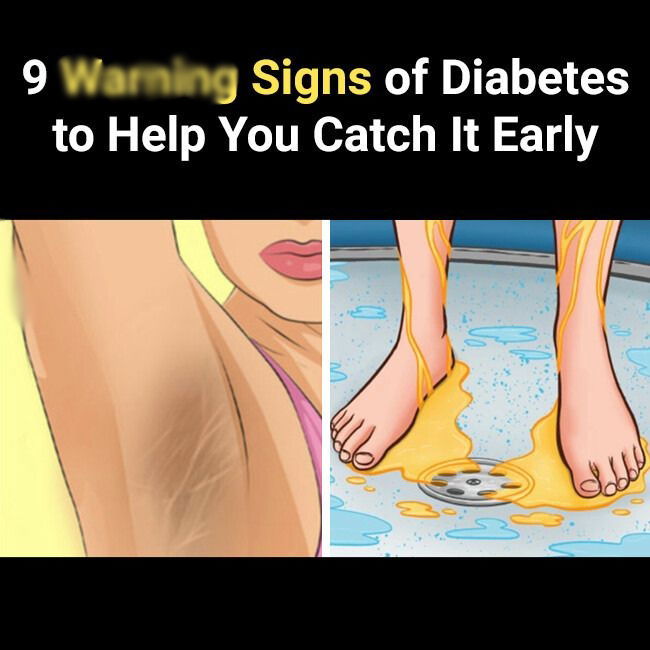
Diabetes is a serve condition that can develop significantly, often without obvious symptoms in the early stages. In this article, we’ll e into 9 symptoms, and understanding them could help you take action before the condition progresses.
Darker Area of Skin
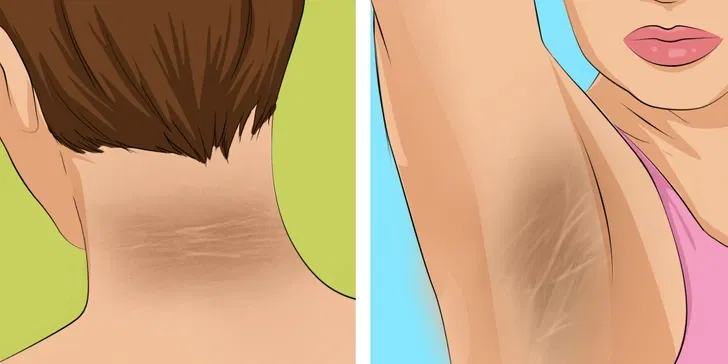 Image for illustrative purpose only.
Image for illustrative purpose only.
A dark, velvety-textured patch of skin appearing on the neck, armpits, groin, or elsewhere may imply prediabetes. This condition, known as acanthosis nigricans, is often an early war:ning sign of diabetes or prediabetes.
If you notice these patches, it is necessary to consult a doctor for further evaluation.
Unintentional Weight Loss
 Image for illustrative purpose only.
Image for illustrative purpose only.
Even if you notice an increase in taste, you might still lose weight without making any effort. This happens because glucose from the food consumed is not efficiently absorbed by the cells for energy.
Blurred Vision
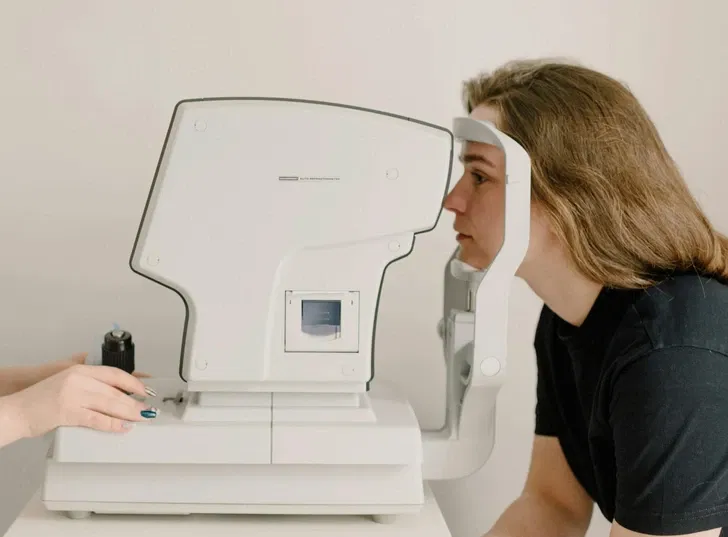 Image for illustrative purpose only.
Image for illustrative purpose only.
Consistently elevated blood sugar levels can temporarily affect the ability of the eye’s lens, leading to vision disturbances. When blood sugar fluctuates, the lens may enlarge, impairing its focusing ability and leading to blurred or distorted vision.
Blurred vision as an early indicator of prediabetes should not be overlooked, as it suggests the body is dealing with regulate blood sugar effectively.
Outbreak of Small Bumps
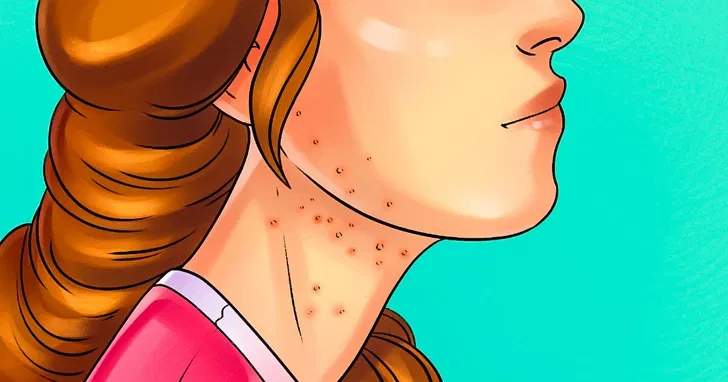 Image for illustrative purpose only.
Image for illustrative purpose only.
Diabetes has the potential to uplift triglyceride levels, a type of fat that circulates in the bloodstream. When this happens, it can lead to a skin condition known as eruptive xanthomatosis.
These bumps often take on a yellowish hue in iniduals with lighter skin tones. They are commonly appeared in areas such as the buttocks, thighs, elbows, and knees, though they can develop anywhere on the body.
Unusual Fatigue
 Image for illustrative purpose only.
Image for illustrative purpose only.
Fatigue can be a key factor of unstable blood sugar levels. When the body has difficulty utilizing insulin effectively, it effects the process of converting glucose into energy, resulting in persistent tiredness or exhaustion.
Heightened Thirst and Frequent Urination
 Image for illustrative purpose only.
Image for illustrative purpose only.
A common early factor of prediabetes is increased thirst accompanied by frequent urination. When blood sugar levels increase, the kidneys work harder to filter and absorb excess glucose. If they work hard, the surplus sugar is expelled through urine.
These symptoms initially go unnoticed but tend to become more possible as prediabetes advances toward type 2 diabetes.
Skin Tags
 Image for illustrative purpose only.
Image for illustrative purpose only.
Skin tags are popular, benign skin growths that can appear on various parts of the body.
Although skin tags can form anywhere on the body, they are most frequently appeared in the eyelids, neck, underarms, and groin area. While they are harmless, if you have a large number of them may imply an underlying condition, such as type 2 diabetes.
Slow Healing Cuts and Wounds
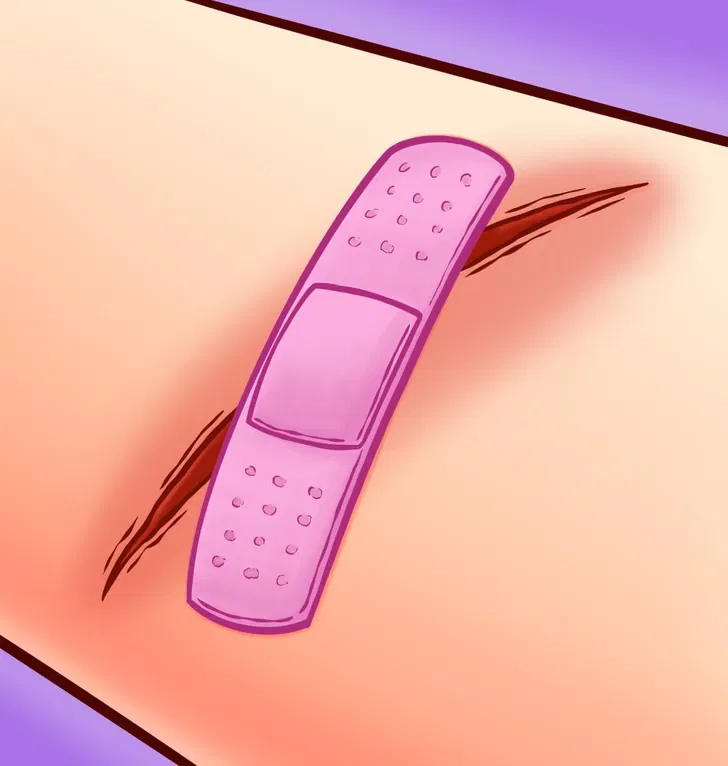 Image for illustrative purpose only.
Image for illustrative purpose only.
Throughly elevated blood sugar levels can negatively effect the body’s natural healing process by damaging blood vessels that deliver essential nutrients and oxygen to different areas, including the skin. This damage can cause poor circulation, which is vital for wound healing, causing cuts, bruises, and other injuries to take longer to recover.
Itchy Skin
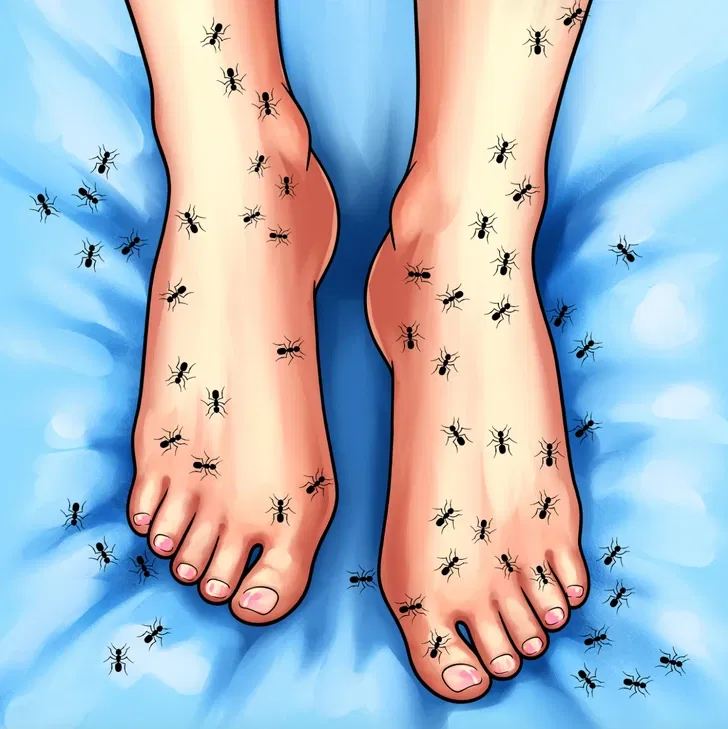 Image for illustrative purpose only.
Image for illustrative purpose only.
Tingling and numbness in the extremities may imply prediabetes. Elevated blood sugar levels can destroy small nerves, causing a condition known as diabetic neuropathy. Besides tingling and numbness, this condition can also cause a burning sensation in the hands, arms, and feet, or the feeling that socks are bunched up under the toes.
